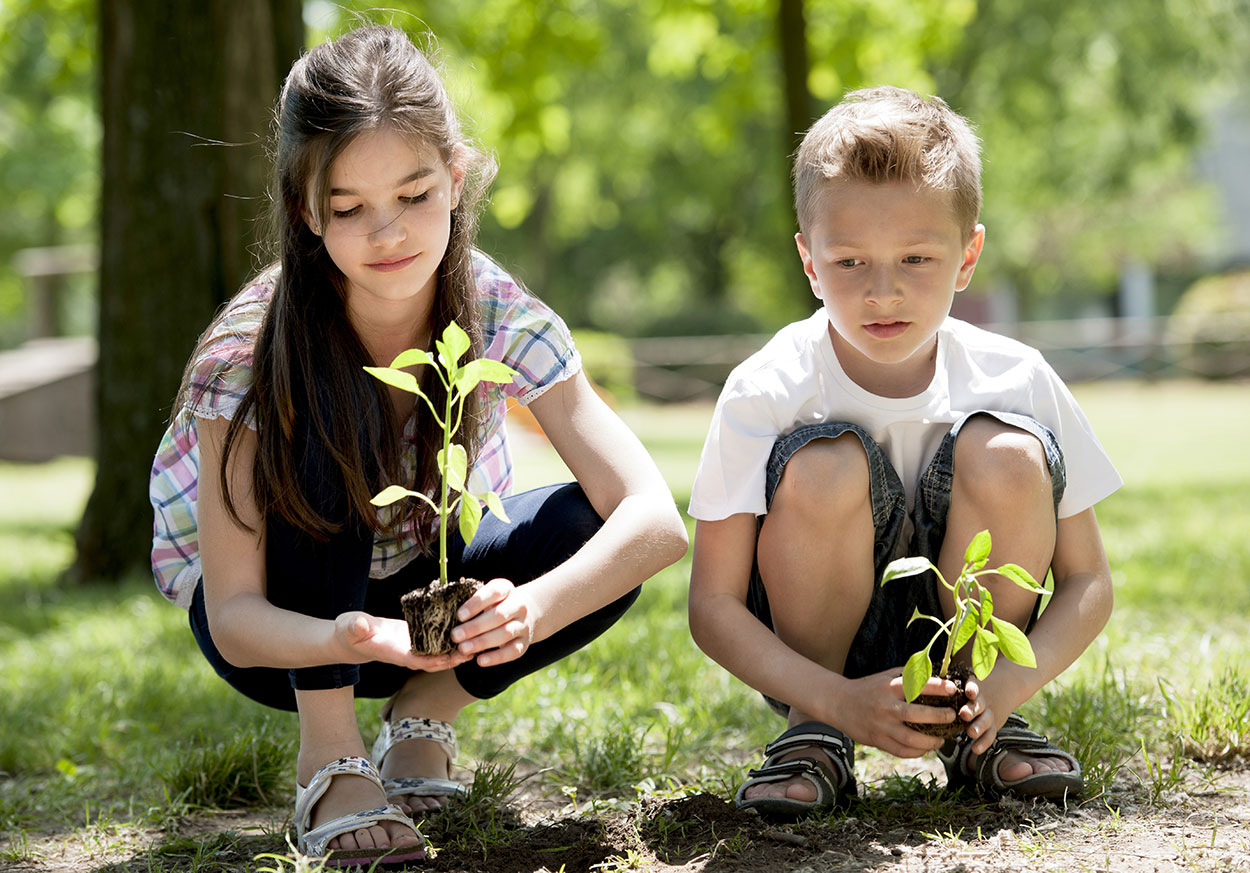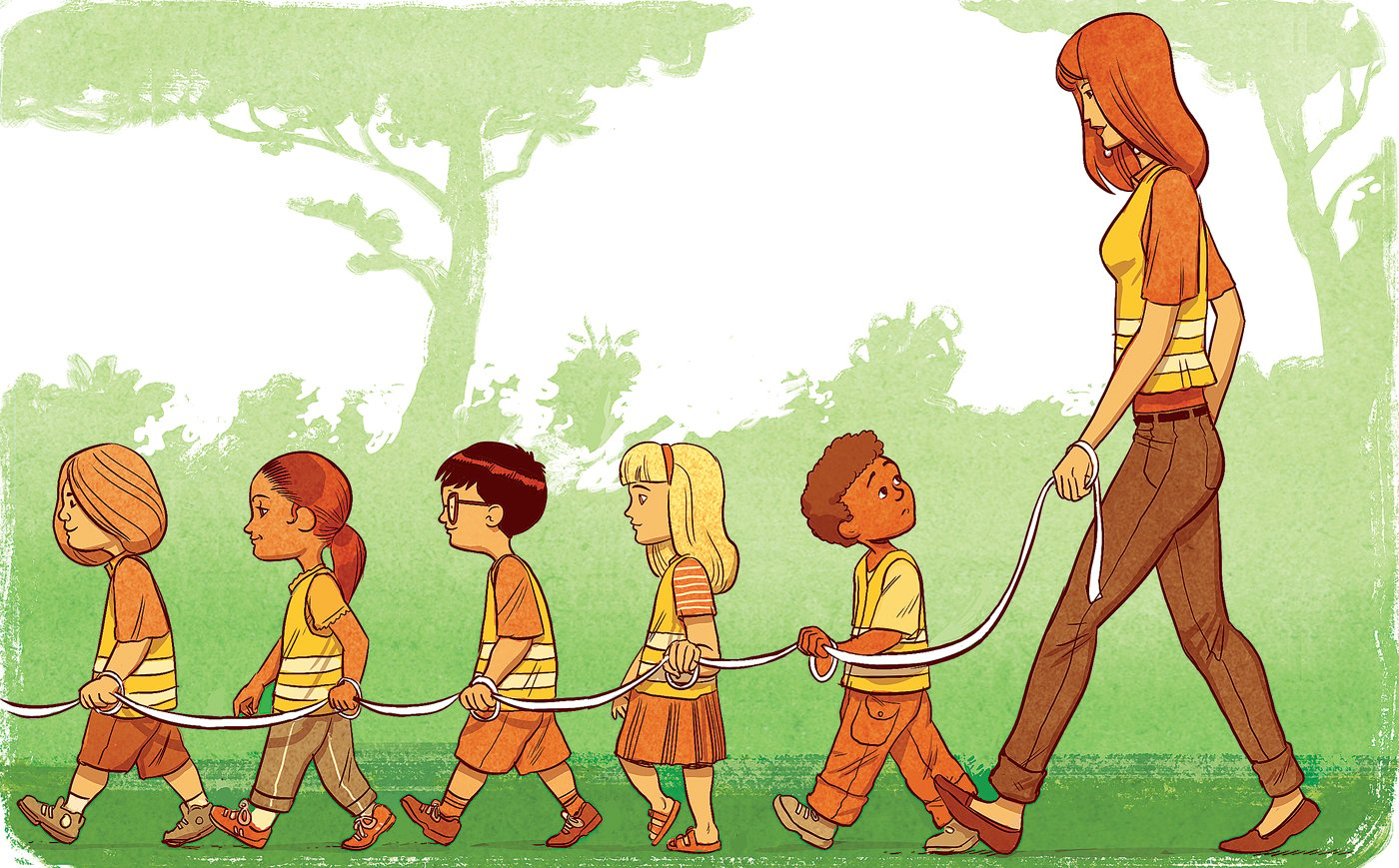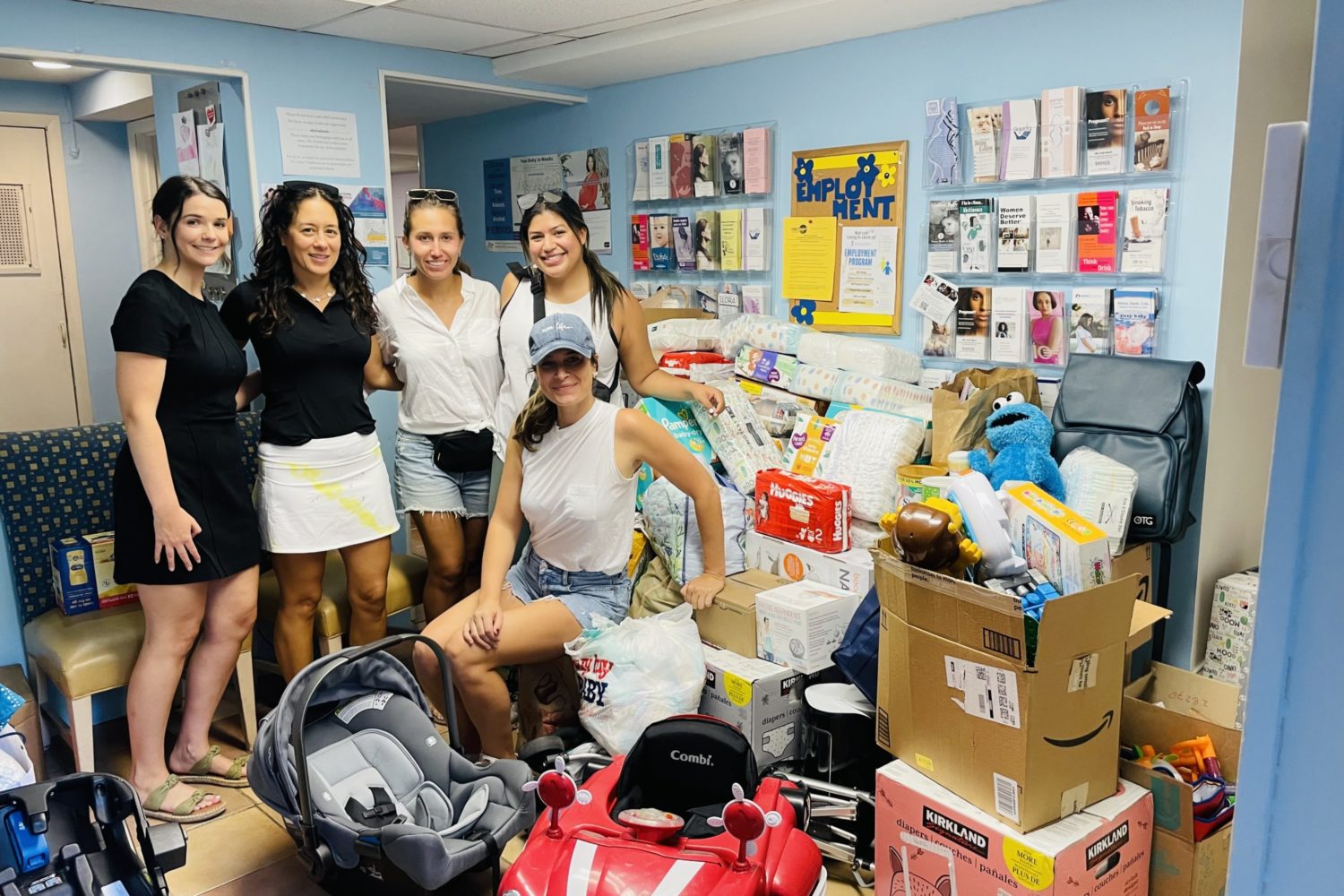When Washingtonian and the National Zoo held a letter-writing contest in March in honor of the zoo’s new elephant community center, hundreds of local elementary-schoolers sent notes explaining why they wanted wild-animal habitats to be protected and what they planned to do to help. Holly Schipper’s 6-year-old son, Ethan, who finished kindergarten in Vienna in June, sent one such note—along with the entire contents of his piggy bank, one dollar and 85 cents. His generosity melted the judges’ hearts but also left them wondering: How did a boy so young learn about giving what he has to someone who needs it more than he does?
“As much as I’d like to hope I’ve had anything to do with Ethan’s giving heart, I can’t say our parenting skills are the reason for his charitable nature,” his mother says. She adds that although she and her husband volunteer regularly and discuss with Ethan and his brother the value of recycling and donating things in order to help others, Ethan’s decision to donate his cash to the zoo was more a result of his love for animals than a particularly conscious interest in charity. The Schippers encourage their children to find things they care about and invest in them—the same advice, it turns out, that experts give adults when they are on the hunt for a charity to support. “Ethan is passionate about animals and all things living. He would do anything to protect them, even give up his hard-earned allowance, so we encourage him to learn more about ways to protect them and our environment,” Schipper says. Not all kids share Ethan’s love of animals; they have varying interests when it comes to charity, and finding the right fit for your child can seem daunting. Fortunately, a huge variety of local organizations offer volunteer opportunities for kids. Encourage them to try a few. At many county-run facilities—parks and libraries, for example—volunteer offerings exist for all ages. In addition, here’s a small sampling of local nonprofits that invite children or teens to volunteer.
What do families do to get their children on the give-back fast track? Three local moms weigh in.
Kelley McCormick
Public relations executive, has three sons ages 6, 10, and 12
McCormick splits each of her children’s $8 weekly allowance into three clear, plastic containers—$5 for spending, $2 for saving, and $1 for giving. Once $20 has been collected in a giving container, its owner decides how to put it to use and then makes the donation himself. “It’s funny what they choose to do,” McCormick says. “One of my kids is really introverted, so he doesn’t want to hand his money to anyone. Instead, he always puts it in the basket for the poor that’s passed around at our church. The middle kid always wants to give it to an older homeless woman, whom we often see outside of our favorite bagel store. You can tell it kills him to see her there every Saturday with her back turned to the crowd, so any time he has money, he gives it to her. She always turns around and says, ‘Thank you, young man,’ and he walks away almost floating, he’s so happy.” This approach, McCormick says, aims to make giving a habit. “We may push them to do it now, but we hope that even when they’re terrible teenagers, they’ll
remember how good it feels to give to someone else.”
Olivia Morgan
Managing editor of the Shriver Report, has a daughter, 4, and a son, 8
Once a regular homeless-services volunteer at her church, Morgan searched for ways her family could give back after her kids were born. “My first thought was to keep making meals from home” for a local organization that supports the disadvantaged, she says, “but it felt so removed for the kids. They were in their kitchen making sandwiches for people that I said needed them, but whom they couldn’t actually ever see. There was a disconnect.” To find a more concrete experience, she’s also turned to an allowance model. Now, $2 of her son’s weekly $5 allowance is put away for charity. At the end of the year, he’ll donate his $104 to the organization of his choice. “He’s most interested in animals, so I envision doing research to help him think through how he can most effectively help them,” she says. “What are the different kinds of organizations, and what do they do? Is he looking for something local or where there is the greatest need, even if it’s half a world away? On top of that, his allowance is sort of an abstract concept to him, so I hope that watching it make
a difference will help him understand its value.”
Mae Grennan
Lawyer and president of a family beer distributor, has five children, ages 1 to 10
Grennan and her husband focus on teaching their children that their good fortune isn’t shared by
everyone else their age. After a birthday, for example, her little ones select a favorite gift from their haul and give the rest away. At Christmas, they pick kids around their own ages to sponsor through the family’s church, Little Flower Parish in Bethesda, and buy them the things they need. But the activity that hits home most for Grennan’s kids, she says, is their school’s annual Gifts for Good program. Once a year, the school—DC’s St. Patrick’s—brings in a collection of charities to teach the students about what they do and solicit donations. Grennan takes her older children each year, and they pick three charities to donate to. “The charities usually tell you exactly what you’re providing with your gift,” she says. “That way, our kids can actually understand where the money is going.”














